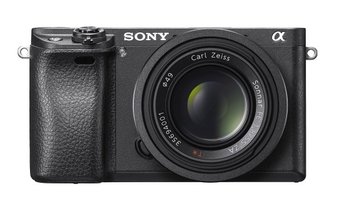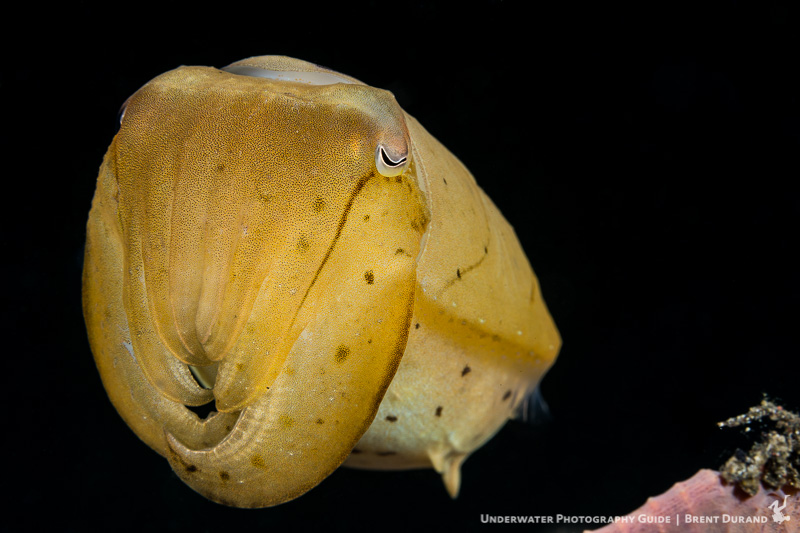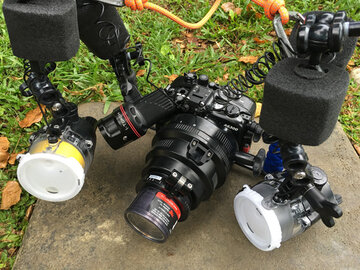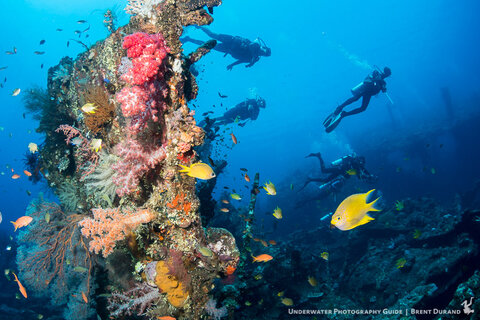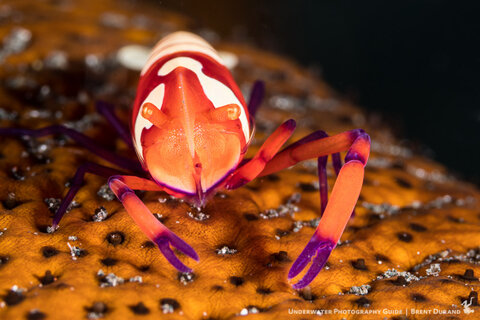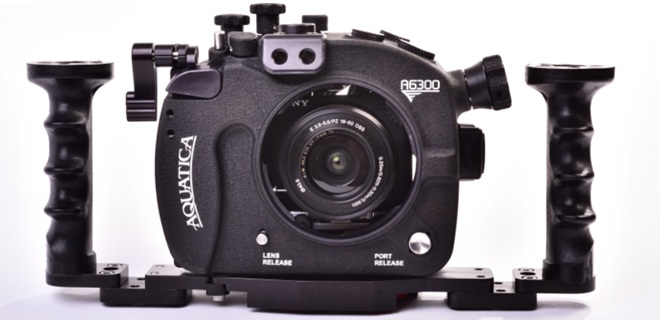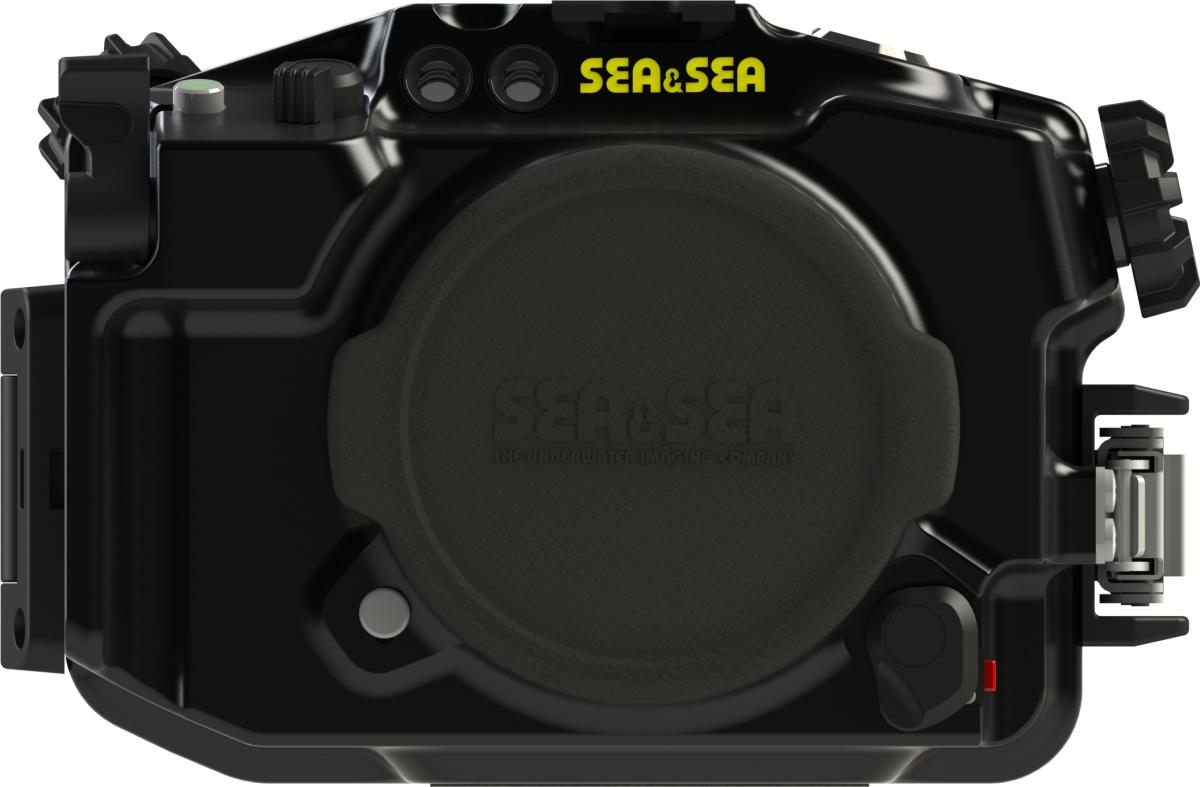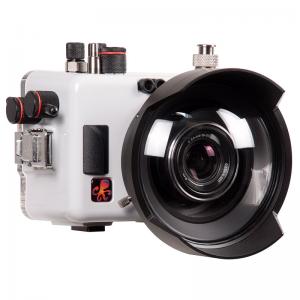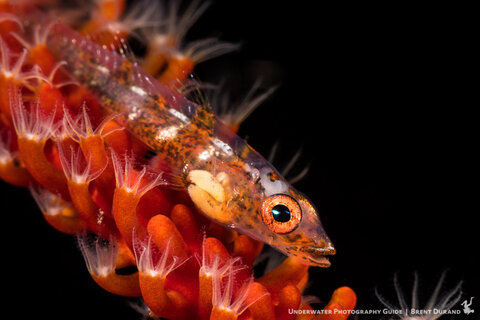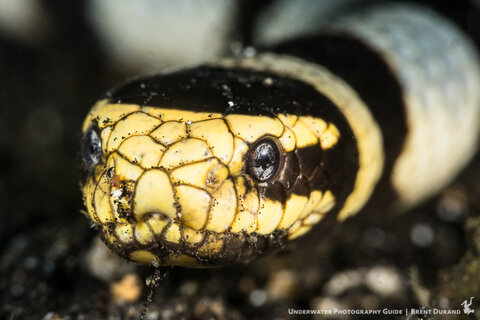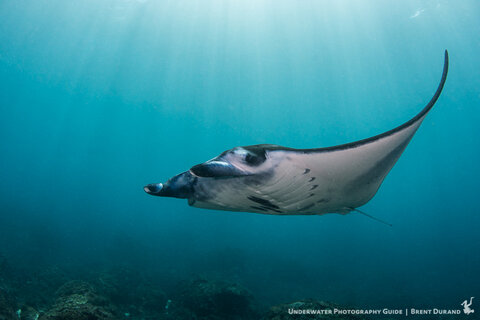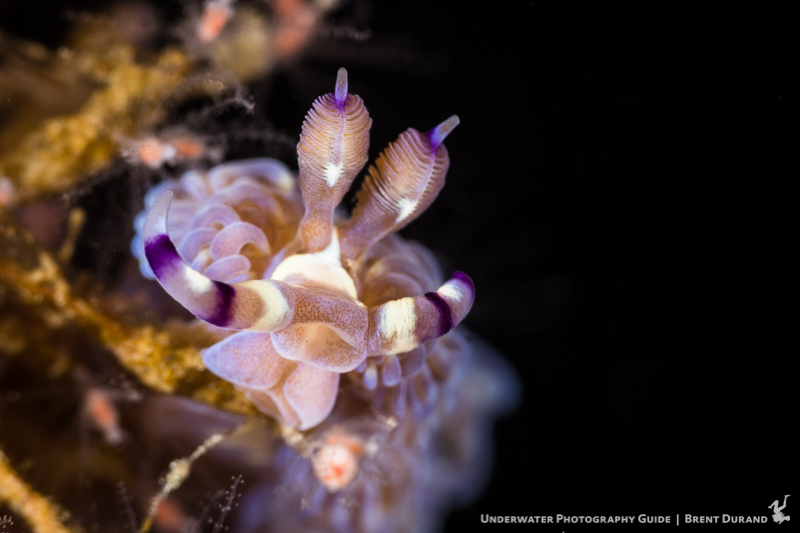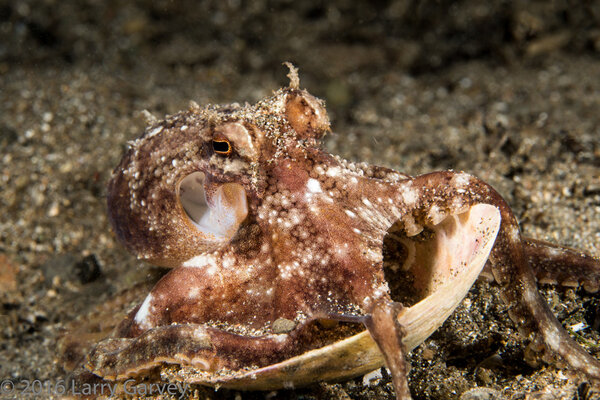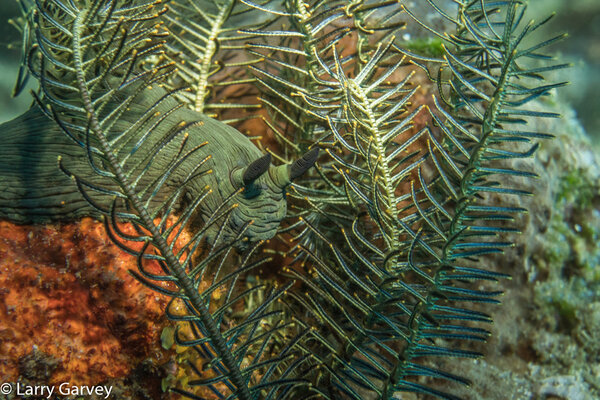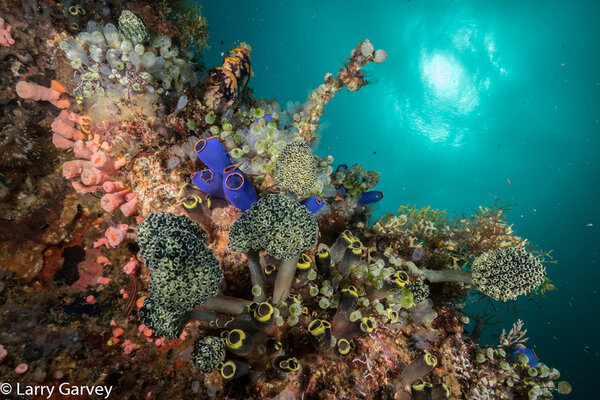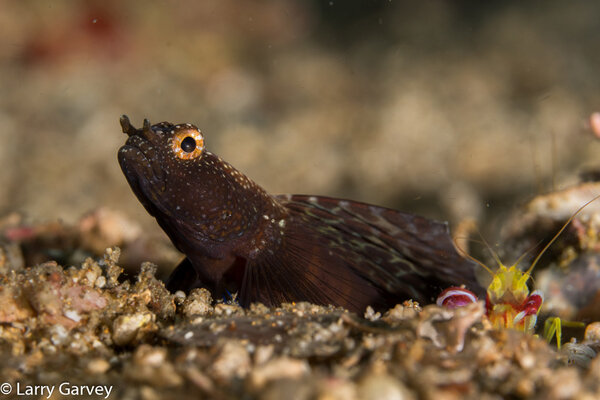
The a6300 is Sony’s flagship APS-C (crop sensor) mirrorless camera. (update: the Sony a6500 was announced early October ’16). This impressive and powerful little camera uses Sony E-mount interchangeable lens, compatible with full-frame cameras like the a7R II.
The previous a6000 proved a very capable camera for underwater photographers, with neat tricks like rapid strobe fire with sync cords, and we have found that the a6300 meets and beats that impressive performance.
The headlining features of the new Sony a6300 camera are the incredibly fast 4D autofocus using an impressive 425 phase-detection AF points, a new image sensor producing the incredible image quality Sony is known for, and 4K video recording.
I took the Sony a6300 to back-to-back photo workshops in Indonesia, putting the camera and available lenses through about 50 dives for this review.
U.S. Retail Price: $999 (body only)
Purchase the Sony a6300 from Bluewater Photo and view all the best housing options
Jump to section:
Key Features | Video Review | a6300 for Underwater Photography
Best Lenses | Underwater Housings | Related Articles | Conclusion | Sample Photos
Sony a6300 Key Features
-
New 24.2-megapixel APS-C Exmor CMOS sensor
-
ISO 100 – 25,600 (expandable to 51,200)
-
BIONZ X™ image-processing engine delivers blazing speed and performance
-
2.95″ wide-angle LCD monitor with brightness control for sharp vivid color in any light
-
Electronic XGA OLED Tru-Finder™
-
425-point phase detection autofocus
-
4D Focus picks up both space and time to capture moving subjects with new clarity
-
4K video recording with no pixel binning
-
11 FPS burst
-
Built-in WiFi for easy sharing
-
Battery life approximately 350 shots using LCD screen
* View the full details for each of these highlights on the Sony a6300 website.
Audio Commentary on the a6300
With a discussion on new features, performance, lens selection, and underwater housings
Video by Bluewater Photo owner, Scott Gietler.
Sony a6300 for Underwater Photography
I had a chance to shoot the Sony a6300 with both a wide-angle and a macro setup during recent Bluewater workshops in Indonesia, learning how the camera performs in a variety of shooting situations.
The Sony a6300 is a solid option for those who want professional image quality without the additional costs and size of a DSLR camera. With dedicated mirrorless housing ports and lenses compatible across Sony E-mount camera bodies, the a6300 could also be viewed as an advanced stepping stone for new photographers who think they will eventually upgrade to something like the Sony a7 II or Sony a7R II.
The a6300 mirrorless camera has many sellings points, but primarily: excellent image quality, fast 4D autofocus with 425 AF points and 4K video. All that for a body priced under $1,000 USD – wow! The 4D focus also incorporates phase detection technology, which is finally filtering down from being only available in DSLR viewfinders.
Battery life proved much better than expected. I was comfortable doing three wide-angle dives with occasional shooting on one battery, or two macro dives with regular shooting.
Sony a6300 for Wide-Angle
Sony has a reputation for the dynamic range of their sensors, and the a6300 can produce some nice tones between the dark and light points.
My wide-angle dives in Bali were using the Tokina 10-17mm fisheye lens on the a6300 with a Metabones adapter. The adapter leads the camera to hunt forever before locking focus… if it can lock focus. I found that the scene would either need be very light with strong areas of contrast or above about 20ft to focus. Otherwise you’re lost hunting forever. The solution for bringing home the photos you see here was to switch to back-button-focus, pre-focus at the approximate focal range somewhere the AF could lock, move the camera in and out manually until the image looked sharp in the viewfinder, then push the shutter. That said, I was able to use regular AF (with tracking!) on a couple manta shots at around 15-20ft depth.
Recommendation: Use native Sony wide-angle lenses!!! (see lens recomendations below)
The LCD screen also takes some getting used to if you have a DSLR background – it just looks a bit fake. I enabled the highlight alerts during image playback (which blink to show areas of overexposure). On Canon, these areas match up with the .CR2 file as read by Lightroom, but on the Sony a6300 .ARW files, the highlight alert would be on for areas that were not overexposed when opened in Lightroom. This is nice as a buffer against overexposure, but I often like to push the high-end of the range in wide-angle images as far as possible and prefer the real information.
As expected, image quality is excellent.
Sony a6300 for Macro
I shot the a6300 with the Sony 90mm macro lens in the Lembeh Strait. This is a very sharp lens that delivers great color, contrast and detail, although it’s very big and heavy. Sony recently announced a 50mm macro lens, so this may also become a nice option for macro shooting.
The autofocus is very fast or is infinitely slow when shooting macro. I generally try not to use a focus light, but found myself always using the I-Torch v10 in order to give the a6300’s AF all the help I could. Sometimes it was impressively fast on stationary subjects, but it simply did not perform for moving subjects. I tried on several different occasions to shoot shots I could have nailed with the Canon 100mm (i.e. clownfish with tongue parasite), but the a6300 AF tracking just couldn’t lock on the fast-moving fish through the 90mm macro lens. Flasher wrasse… forget it. The autofocus also had some challenges singling out tiny subjects against a distracting background – like a shrimp on a whip coral. The camera constantly wanted to focus on the background, so I would need to pre-focus the camera on the sand at approximate distance then recompose and focus on the shrimp. This shooting challenge is more common in compact cameras (using contrast detection AF), but not something that happens often with more advanced DSLR phase detection AF systems.
Like for wide-angle, the Sony a6300 LCD screen takes some getting used to when shooting macro. When shooting manual settings and manual strobes, the LCD screen displays the ambient light. The result is a very noisy image that lags, so if you move the camera sideways to recompose, it takes a split-second for the displayed image to shift. During the times I tried to shoot moving subjects I would compose and shoot, then see a totally different image appear in playback on the screen.
If the a6300 is your first camera or an upgrade from a compact system, it will be impressive and I highly recommend it. You likely won’t notice the gripes with the 90mm macro lens I mentioned above. After all, the a6300 is one of the fastest-focusing cameras in the world topside. If you area DSLR shooter looking for a smaller system, know that you will be making some performance sacrifices.
Sony a6300 for Underwater Video
The Sony a6300 is a great underwater video camera, performing across a few different macro clips with the 90mm macro lens. The Center Lock-on autofocus worked very well with moving subjects, including tracking a wonderpus as it moved quickly towards me.
Serious video shooters will appreciate the S-Log2 gamma, no pixel-binning, 4K resolution and Sony’s XAVC compression for more room with creative post-production. I didn’t have a memory card fast-enough to record sample 4K clips, but we’ll be testing that soon.
Read our Guide to Manual White Balance on the Sony a6300.
Best Lenses
Macro:
-
Sony FE 90mm F2.8 Macro – this native lens offers 1:1 magnification and has been the go-to for macro
-
Sony 50mm F2.8 Macro Lens – a great choice for all Sony APS-C sensors
Standard / Mid-Range:
-
Sony 16-50mm – standard kit lens
-
Sony FE 24-70mm F4 – higher end mid range lens
Wide Angle:
- Sony 10-18mm F4 wide-angle lens
Fisheye:
-
Sony E 16mm F2.8 with Sony Fisheye Conversion Lens – this is a nice, wide fisheye setup for APS-C sensors like the a6300. The fisheye converter also works with the Sony E 20mm F2.8 lens.
-
Sony FE 28mm F2 with Sony Fisheye Conversion Lens – while not a true fisheye, this lens and converter combination works excellently, offering the wide field of view in a native Sony lens. Note that using just the 28mm on the a6300 will be a tight focal length for wide and not enough for macro, so we recommend always using the Fisheye Converter.
-
Nikonos 15mm Fisheye Lens with Nikonos Adapter (Nauticam) -a good option if you have one of these laying around or can find one, though not as wide as the 28mm + FE Conversion Lens.
Recommended Topside Sony Lenses
While we love to dive with Sony lenses, they perform to the same high standard on dry land too. If you’re considering adding to your topside kit bag, look through the options below.
Telephoto
- Sony 600mm F4 FE GM OSS – Ideal for capturing fast-moving subjects from a distance. This top-of-the-line telephoto lens is everything you’d expect from a flagship product.
- Sony 200-600mm F5.6-6.3 FE GM OSS – The 200-600mm focal range is very versatile and can be used in a variety of situations.
Wide-Angle
- Sony 12-24mm F4 FE Wide-Angle – A high-quality wide-angle zoom that’s perfect for landscapes, interiors and other times when the goal is to get as much in the frame as possible.
Underwater Housings
Nauticam NA-A6300 Housing $1650
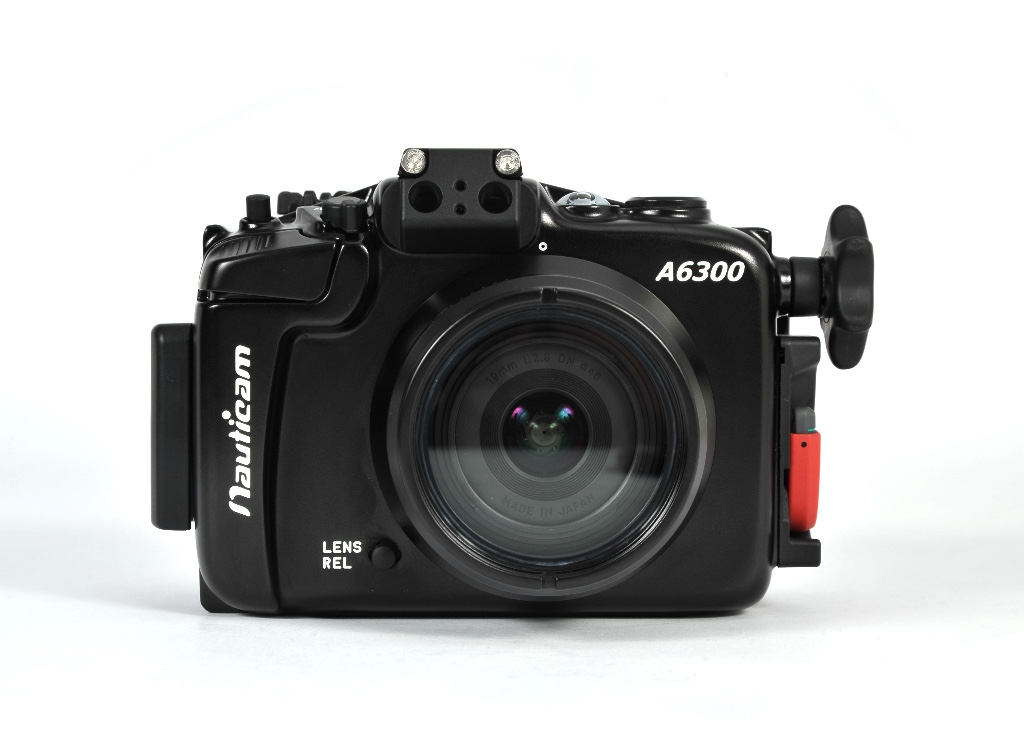
Learn more about the Nauticam Sony a6300 Housing
Aquatica Sony a6300 Housing $1,650
Aquatica uses high quality materials and they designed the housing to be small & compact to be handled just like the camera. They also made an ergonomically designed button placement for ease of use.
Learn more about the Aquatica a6300 Housing
Sea & Sea Sony a6300 Housing $1,799.95
The Sea & Sea offers a machined, corrosion-resistant alluminum alloy housing with full camera control
Learn more about the Sea & Sea Sony a6300 Housing
Ikelite Sony a6300 Housing $975
The Ikelite housing for Sony A6300 is made from a new polycarbonate blend and delivers access to all camera functions with easy use and maintenance. This housing is a great value.
Learn more about the Ikelite Sony a6300 Housing
Acquapazza APSO-A6300 Housing
Acquapazza has recently announced their aluminum a6300 housing. This unique housing features a larger-than-normal port opening so that the lens doesn’t need to be removed in order to take the camera out of the housing – a nuisance with other housings.
Learn more about the Acquapazza a6300 Housing
Recsea Sony a6300 Housing
Details coming soon.
Conclusion
If the a6300 is your first camera or an upgrade from a compact system, it will be impressive and I highly recommend it. You likely won’t notice the focus gripes I mentioned above. After all, the a6300 is one of the fastest-focusing cameras in the world topside. If you area DSLR shooter looking for a smaller system, know that you will be making some performance sacrifices. I would recommend sticking with Sony lenses unless you’re heavily invested in DSLR glass. The image and video quality is excellent, however, and you’ll be hardpressed to single out photos from the a6300 compared to much more expensive systems.
With ample housing choices across many different brands, the Sony a6300 will suit the beginner to advanced underwater photographer and all underwater video shooters. The low price point makes it that much easier to pull the trigger on this great system.
Sony a6300 Underwater Photos
Purchase the Sony a6300 from Bluewater Photo and view all the best housing options




